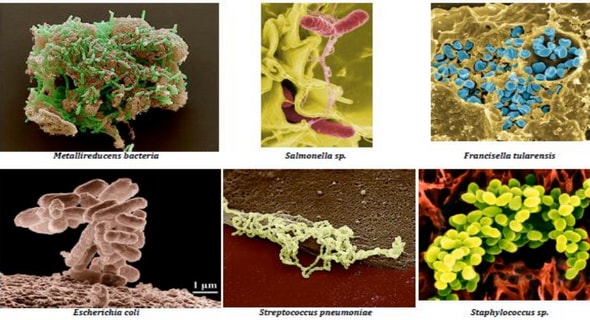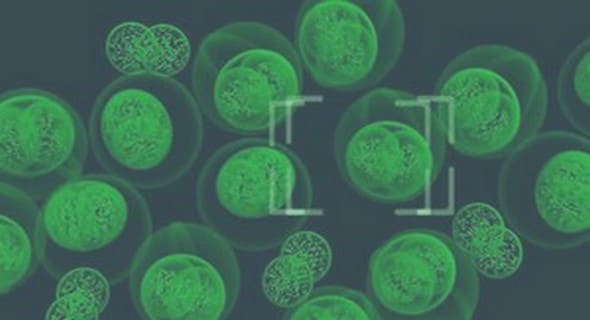Nigella sativa Oil Reduces
Aluminium Chloride-Induced Oxidative Injury in Liver and Erythrocytes of Rats Ihcene Bouasla & Asma Bouasla & Amel Boumendjel & Mahfoud Messarah & Cherif Abdennour & Mohamed Salah Boulakoud & Abdelfattah El Feki Received: 2 June 2014 /Accepted: 19 August 2014 # Springer Science+Business Media New York 2014 Abstract The present study was planned to investigate the protective effects of Nigella sativa oil (NSO) supplementation against aluminium chloride (AlCl3)-induced oxidative damage in liver and erythrocytes of rats. Simultaneously, a preliminary phytochemical study was affected in order to characterize the bioactive components containing in the NSO using chemical assays. The antioxidant capacities of NSO were evaluated by DPPH assay. The results showed that NSO was found to contain large amounts of total phenolics, flavonoids and tannins. Twenty-four rats were equally divided into two groups, in which group A received standard diet, whereas group B treated daily with an oral gavage dose of 2 ml NSO/kg body weight. After 5 weeks pretreatment, both groups were divided again into two subgroups (A and B) of six animals each and treated for other 3 weeks. Therefore, subgroup A1 was served as a control which received standard diet, but subgroup A2 received AlCl3 (34 mg/kg bw mixed with food). Subgroup B1 received both AlCl3 and NSO; however, subgroup B2 received NSO only. Results showed that AlCl3 exhibited an increase in white blood cell counts and a marked decrease in erythrocyte counts and haemoglobin content. Plasma aspartate transaminase, alanine transaminase, alkaline phosphatase and lactate dehydrogenase activities and total bilirubin concentration were higher in AlCl3 group than those of the control, while albumin and total protein concentration were significantly lower. Compared to the control, a significant raise of hepatic and erythrocyte malondialdehyde level associated with a decrease in reduced glutathione content, glutathione peroxidase, superoxide dismutase and catalase, activities of AlCl3 treated rats. However, the administration of NSO alone or combined with AlCl3 has improved the status of all parameters studied. It can be concluded that AlCl3 has induced the oxidative stress, altered the biochemical parameters and the hepatic histological profile, but the supplementation of NSO has alleviated such toxicity. Keywords Aluminium chloride . Nigella sativa oil . Rats . Liver . Erythrocytes . Oxidative stress . Biochemical parameters.
Materials and Methods
Plant
Nigella sativa Oil Resource N. sativa oil was provided from a local commercial market (it was produced by Ets Aboulkacem Company, BPN°118, les sept merveilles, Algiers, Algeria). The company produces NSO by cold pressing of fresh seeds without using chemicals. Total Phenolic Contents Total phenolic content was determined using the FolinCiocalteu method of Wolfe et al. [22]. Briefly, 10 μl diluted extract solution was shaken for 5 min with 50 μl of the FolinCiocalteu reagent. Then 150 μl of 20 % Na2CO3 was added, and the mixture was shaken once again for 1 min. Finally, the solution was brought up to 790 μl by adding distilled water. After 90 min, the absorbance at 760 nm was measured. Gallic acid was used as a standard for the calibration curve. The phenolic content was expressed as milligram gallic acid equivalent/100 g of 100 of NSO using the linear equation based on the calibration curve. Measurement of Free Radical-Scavenging Action This assay was determined following the method of Blois [23] with some modifications. Various dilutions of NSO were mixed with ethanolic diphenylpicrylhydrazyl (DPPH) solution. After an incubation period of 30 min at 25 °C in the dark, the absorbance at 515 nm was recorded as Asample. Ablank. Experiment was also carried out applying the same procedure to a solution without the test material. The free radicalscavenging activity of each solution was then calculated as percent inhibition according to the following equation: % inhibition=100 (Ablank−Asample)/Ablank. The antioxidant activities of NSO were expressed as IC50, defined as the Bouasla et al. concentration of the test material required to cause a 50 % decrease in initial DPPH concentration. Scavenging of Superoxide Anion Scavenging of superoxide anion was determined by the method of Yen and Chen [24] with some modifications. The superoxide anion was assayed by the oxidation of riboflavine and the reduction of nitro blue tetrazolium (NBT), where the absorbance was read at 560 nm. All solutions were prepared in a phosphate buffer (1 M, pH 7.4). The scavenging activity was calculated as follows: PI %= [(Ablank−Asample)/Ablank]×100, where Ablank is the absorbance of the control reaction and Asample is the absorbance in the presence of NSO. The IC50 was calculated from the plot of the inhibition percentage against the NSO concentration. Total Flavonoid Contents Flavonoid contents were determined according to the method of Zhishen et al. [25]. Two hundred fifty microlitres of NSO or standard solution was mixed with 1.25 ml of distilled water and 75 μl of 5 % NaNO2 solution. After 6 min, 150 μl of 10 % AlCl3 solution were added. Five minutes later, 0.5 ml of 1 M NaOH solution was added and then the total volume was made up to 2.5 ml with H2O. Following thorough mixing of the solution, the absorbance against blank was determined at 510 nm. Quercetin was used for standard curve construction (0.05–0.5 mg/ml, y=4.032x+0.004, r 2 =0.99, where y is the absorbance and x is the standard concentration). The results were expressed as milligram quercetin equivalents (QE)/g extract.


